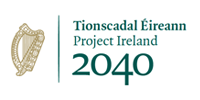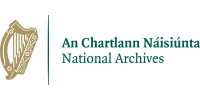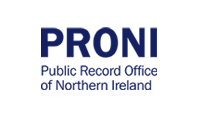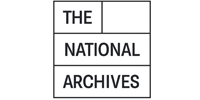-
Spa
- URI: https://kg.virtualtreasury.ie/place/present-day/townland/Spa/v1c6n4m
- Tagged As: Present Day Place Townland
- Search Treasury
Knowledge Panel
Spa is a PresentDayTownland.
Geographical Coordinates of Spa: (-7.6820698806, 52.3495382762).
Zoom out to view black pins representing nearby places. These locations are shown on the map and can be clicked to explore.
| Place Type: | PresentDayTownland |
| Townlands.ie Page: | spa |
Treasury Links
Explore Repositories in the Treasury with items related to Spa
Retrieving VRTI Links related to this resource.....
Notable People
Click a notable person associated with SpaScroll down to view more people related to Spa
Retrieving VRTI People related to this place.....
Events
View information for events at Spa (sample events for illustrative purposes)
The Anglo-Norman invasion of Ireland took place during the late 12th century, when Anglo-Normans gradually conquered and acquired large swathes of land from the Irish, over which the kings of England then claimed sovereignty, all allegedly sanctioned by the papal bull Laudabiliter. At the time, Gaelic Ireland was made up of several kingdoms, with a High King claiming lordship over most of the other kings. The Anglo-Norman invasion was a watershed in Ireland's history, marking the beginning of more than 800 years of direct English and, later, British, conquest and colonialism in Ireland.
Battle of the Boyne, (July 1, 1690), in British history, a major conflict fought along the Boyne River in Ireland between King William III (William of Orange) and the exiled king James II. Having been deposed and exiled after William’s landing at Brixham and subsequent English desertions, James II sought to retake his throne through an alliance with Ireland and France. A string of Irish Jacobite victories in the northern country were followed by a swift but indecisive loss on the Boyne River. Although James’s escape dragged the First Jacobite Rising into 1691, the Battle of the Boyne reassured William’s allies of his commitment to defeating all French-aligned forces.
Explore Our Experiences
Dive into various tools and experiences designed to explore historical and geographical data.
Curated Experience
Explore in Medieval Landowning
Map Explorer
Explore in Map Explorer
ExploreGlossary of Terms
A Uniform Resource Identifier (URI) is a unique identifier for accessing the specific resource on the web.
Dictionary of Irish Biography (DIB) is an authoritative source for biographical information on Irish figures.
Wikidata is a free, collaborative knowledge base that links structured data across various databases.
Refers to the historical time period relevant to the individual or resource.
The earliest known date when the individual or entity was active.
The latest known date when the individual or entity was active.
The source or entity responsible for contributing the information or data.
The equivalent place in a different time period.
Specifies the larger administrative or geographic area to which the entity belongs.
Provides a link to the places entry on the Logainm database, which contains official Irish place names and their meanings.
Directs to the Townlands.ie page for detailed information about the specific place.
Links to the entity's page on DBpedia, a structured dataset derived from Wikipedia, offering detailed semantic information.
Points to the entity's entry in the FAST (Faceted Application of Subject Terminology) database, used for indexing and subject classification.








